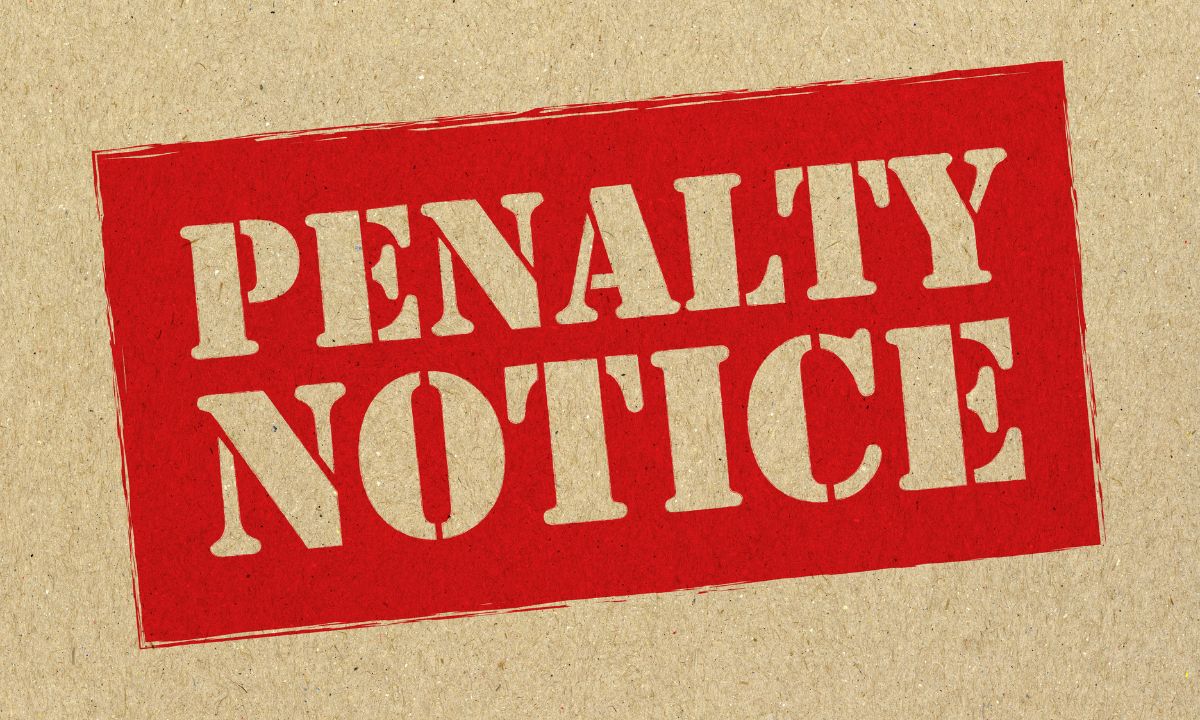 Looking for ways to reduce the amount of interest you pay on your mortgage and shorten its lifespan? A home loan offset account might be the solution. This financial tool allows you to reduce the interest on your mortgage by using the balance in a linked account to offset your loan amount. Let’s explore how it works and how you can benefit from it.
Looking for ways to reduce the amount of interest you pay on your mortgage and shorten its lifespan? A home loan offset account might be the solution. This financial tool allows you to reduce the interest on your mortgage by using the balance in a linked account to offset your loan amount. Let’s explore how it works and how you can benefit from it.
What Is a Home Loan Offset Account?
A home loan offset account is a transactional bank account linked to your mortgage. The balance in this account is deducted from the outstanding loan amount when calculating the interest on your mortgage. The more money you have in this account, the less interest you pay.
How Does a Home Loan Offset Account Work?
Once your offset account is created and linked to your home loan, you can deposit funds and use the account like a regular bank account. The main difference is that the balance directly impacts how much interest you’ll pay on your mortgage.
For example, if you have a $250,000 home loan and $50,000 in your offset account, interest will only be charged on $200,000. This reduction in the principal amount helps lower your overall interest payments and can significantly shorten your loan term.
Benefits of a Home Loan Offset Account
- Reduce Interest Payments: By decreasing the amount of the loan subject to interest, you could save thousands of dollars over the life of your mortgage.
- Access to Funds: Unlike other forms of loan repayment strategies, the money in your offset account remains accessible, so you can use it as needed.
- Flexible Use: It functions as a regular bank account, meaning you can make transactions, deposit your salary, or use a debit card linked to the account.
Treat It Like a Savings Account
One of the most effective ways to use an offset account is to treat it like a savings account. Over time, as you deposit more funds, the balance will reduce the amount of interest paid on your home loan. However, the key benefit is that you still have access to the funds whenever you need them.
Understanding the Types of Offset Accounts
- 100% Offset Accounts: These accounts offset the full balance, meaning every dollar in the account directly reduces your mortgage’s interest-bearing amount.
- Partial Offset Accounts: A portion of the balance offsets the mortgage. For instance, with a 75% offset account, $10,000 in the account reduces the interest paid on $7,500 of your mortgage.
Strategies for Maximizing a Home Loan Offset Account
- Open with a Set Balance: You can open an offset account with a specific amount dedicated to reducing your loan’s interest and make occasional deposits to increase its balance.
- Replace Your Bank Accounts: Use the offset account as your primary bank account to maximize its balance and reduce your mortgage interest further.
- Combine with Credit Cards: Consider paying your everyday expenses with a credit card and keeping more money in your offset account to maximize interest savings, paying off the credit card balance before interest accrues.
A home loan offset account can be an effective tool for reducing mortgage interest and shortening the life of your loan. By keeping a healthy balance in the account, you can save on interest payments while maintaining access to your funds. Exploring how to integrate an offset account into your financial strategy may help you pay off your mortgage faster and save money over time.
 Buying a home is a huge milestone, and the excitement of closing can lead many buyers to quickly accept any mortgage offer without fully understanding its terms. One important detail to watch for is whether your mortgage includes a prepayment penalty. This fee can be an unwelcome surprise, so it’s crucial to know what you’re signing up for before finalizing your loan.
Buying a home is a huge milestone, and the excitement of closing can lead many buyers to quickly accept any mortgage offer without fully understanding its terms. One important detail to watch for is whether your mortgage includes a prepayment penalty. This fee can be an unwelcome surprise, so it’s crucial to know what you’re signing up for before finalizing your loan.